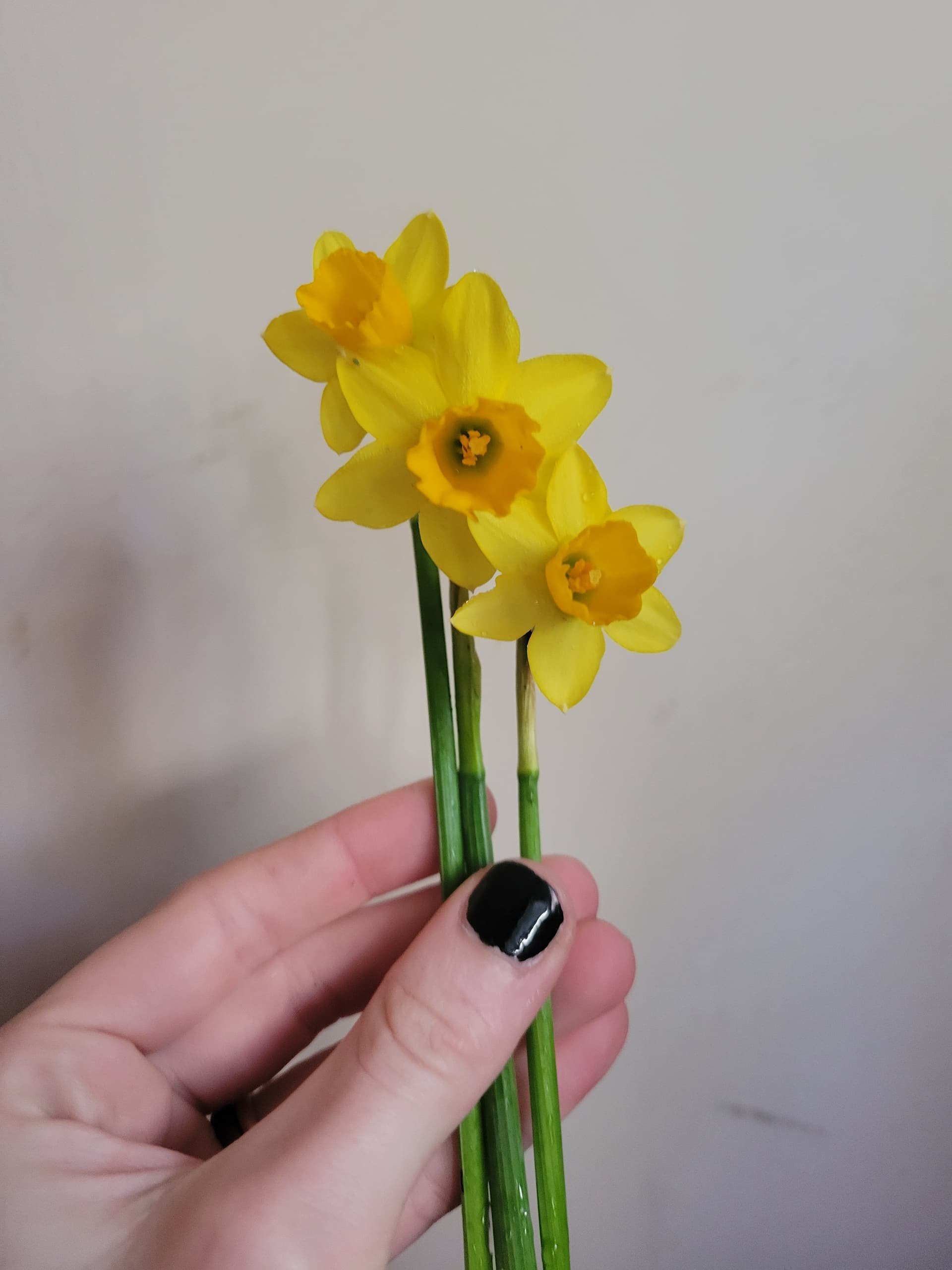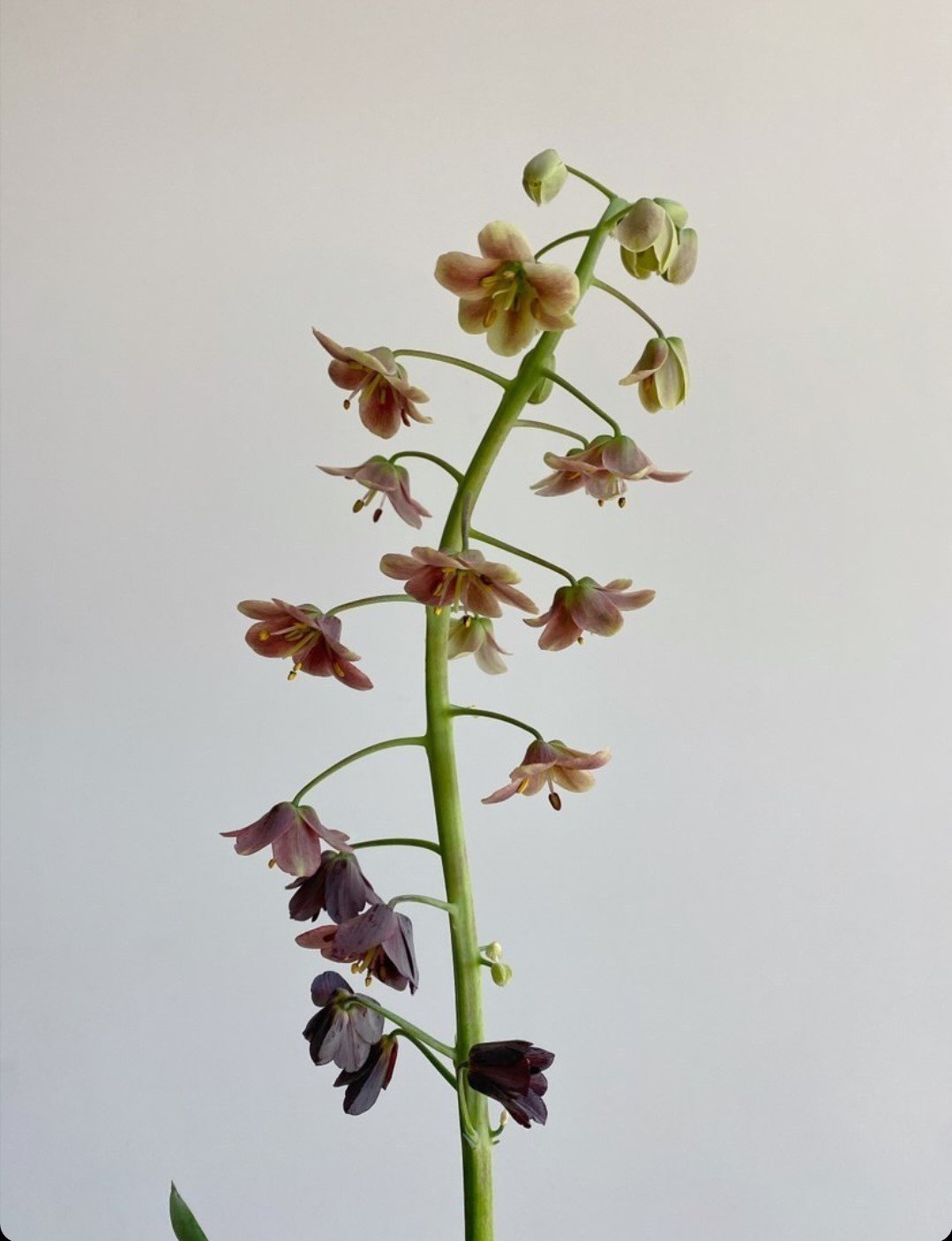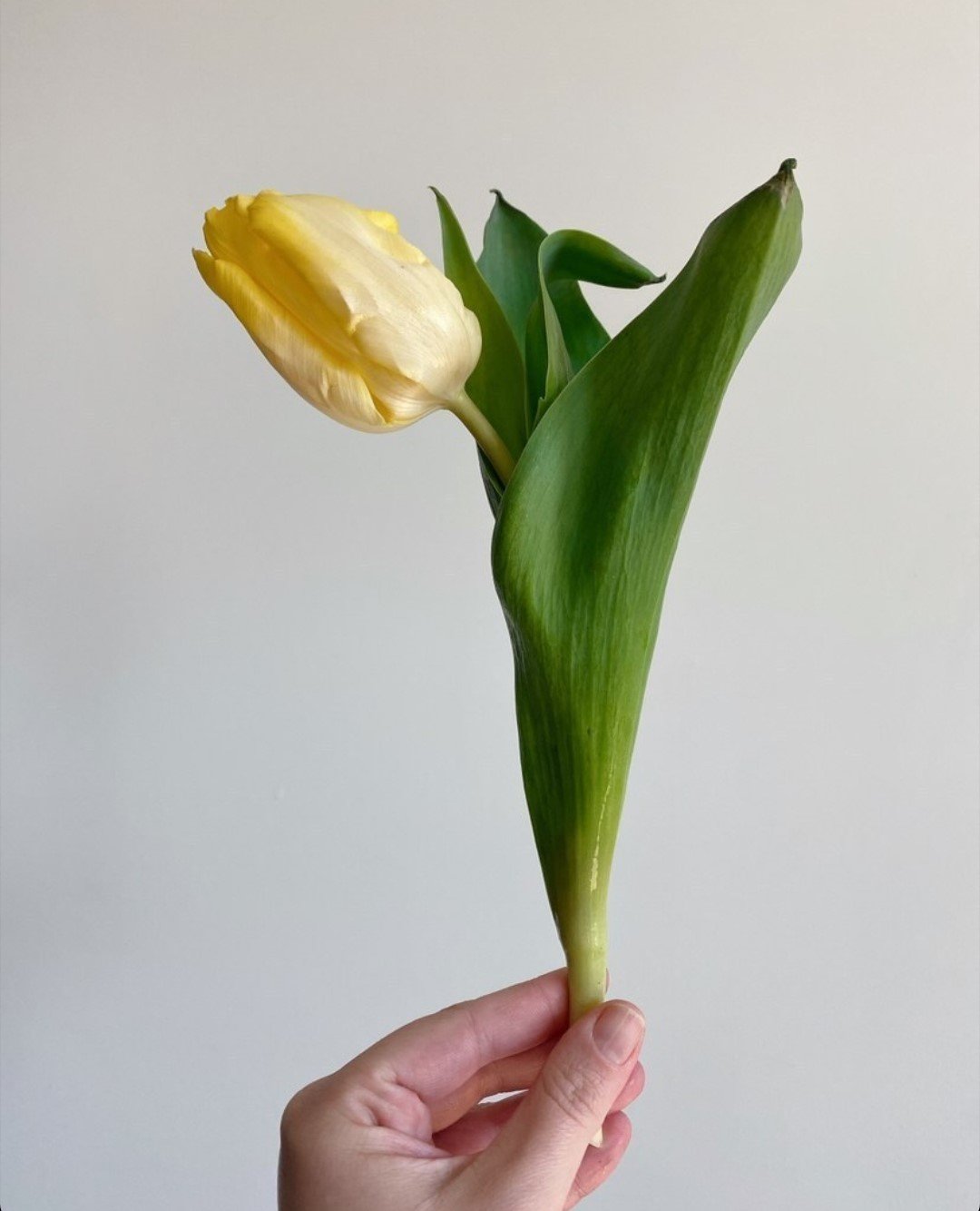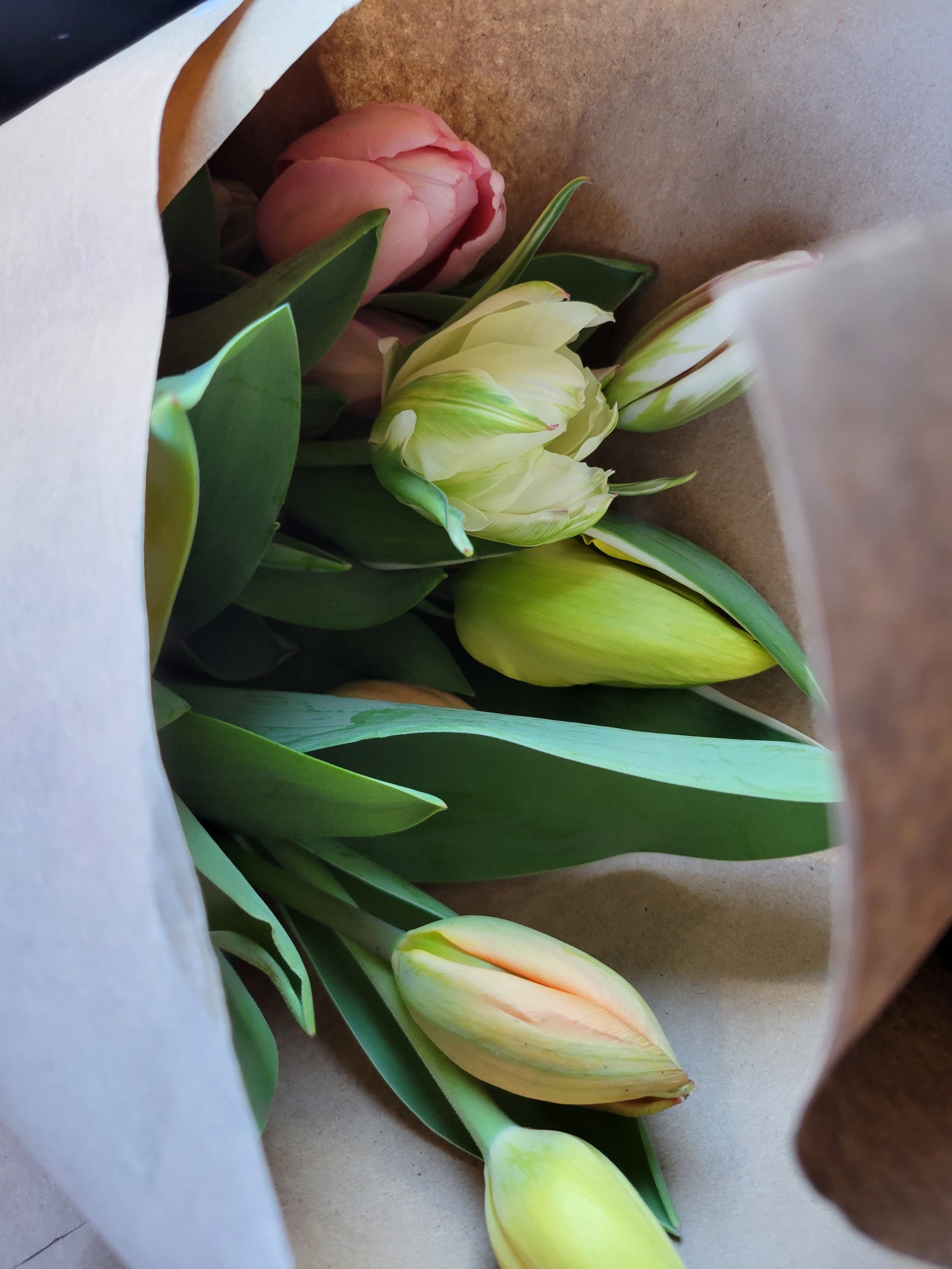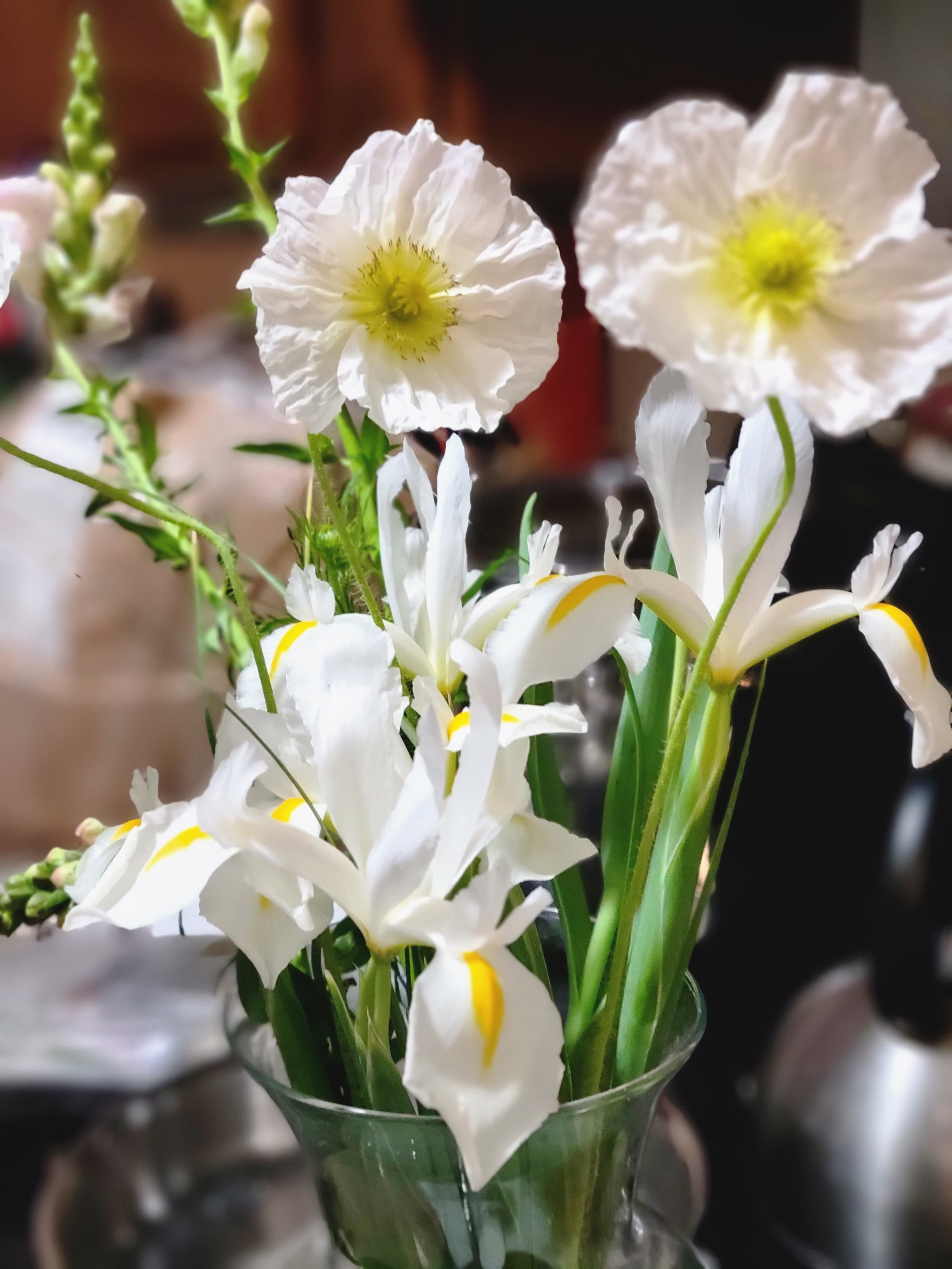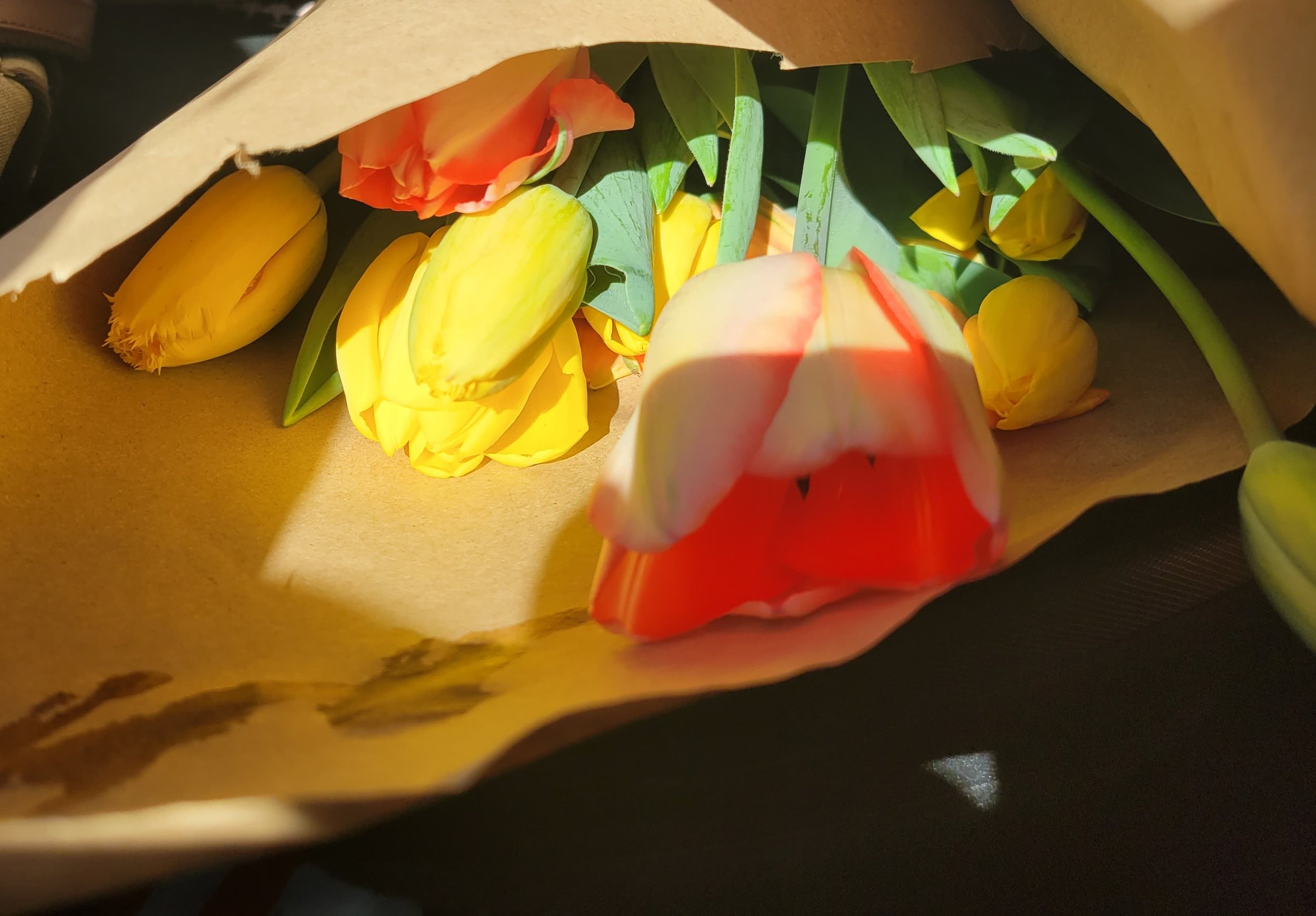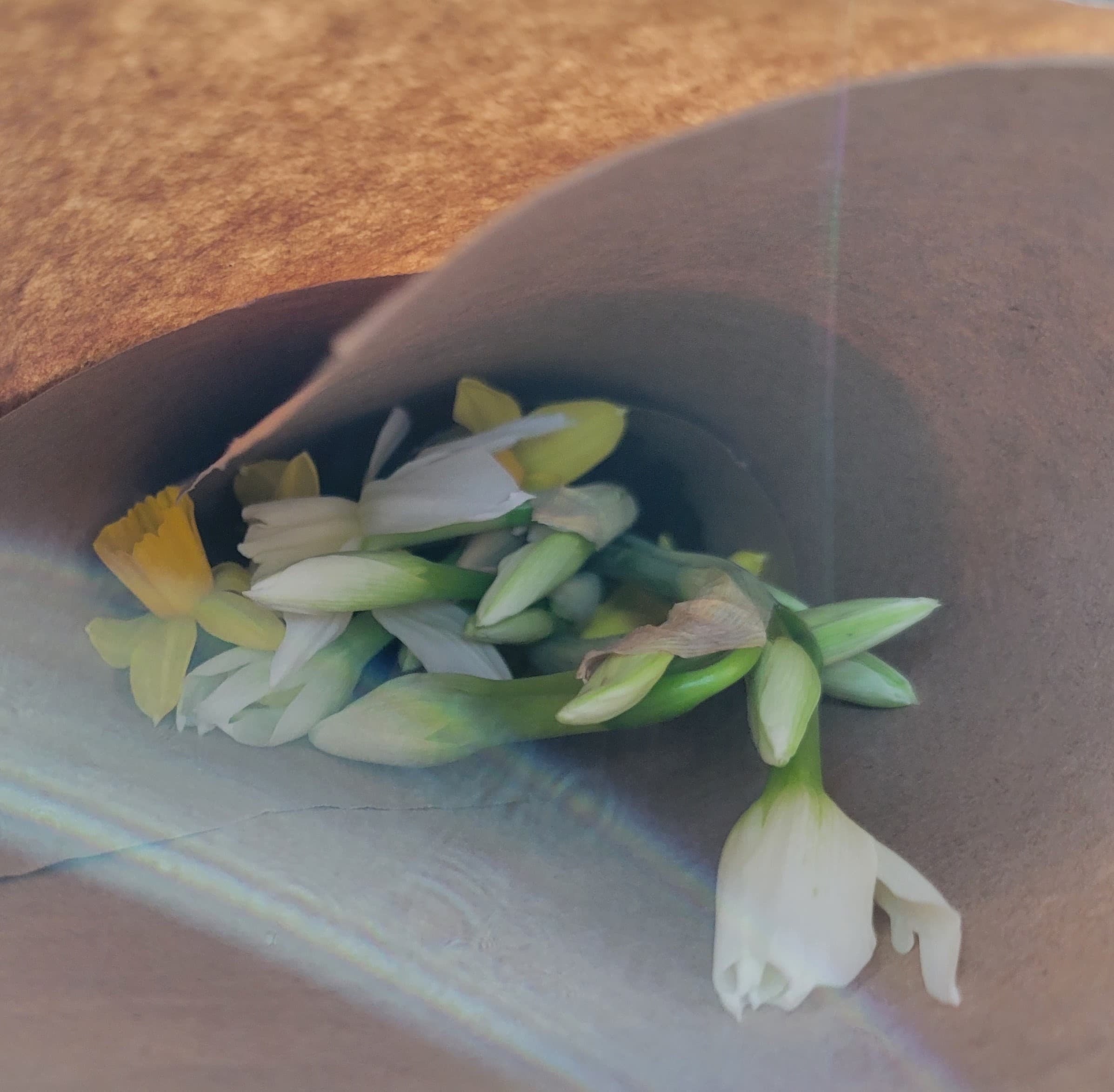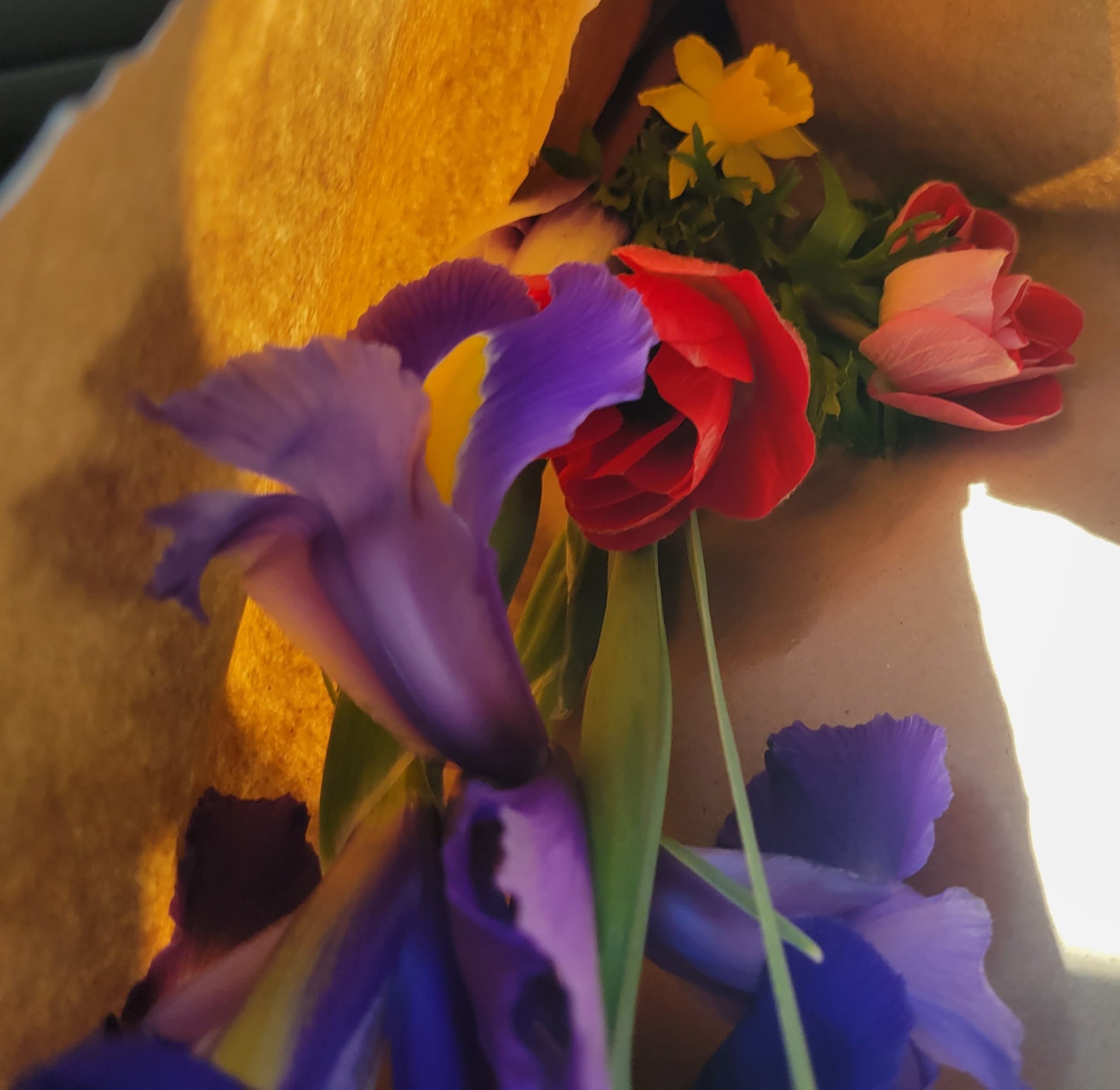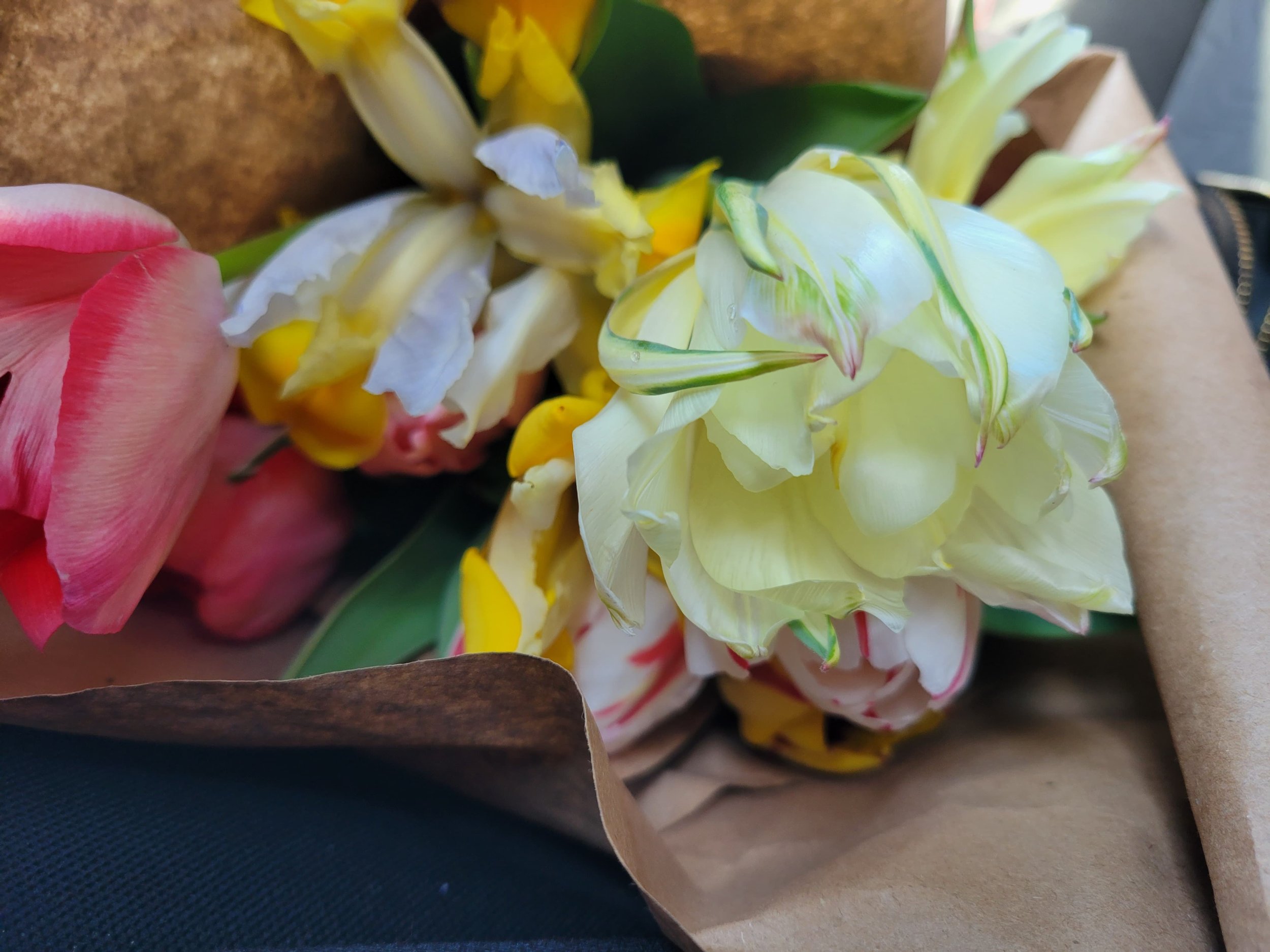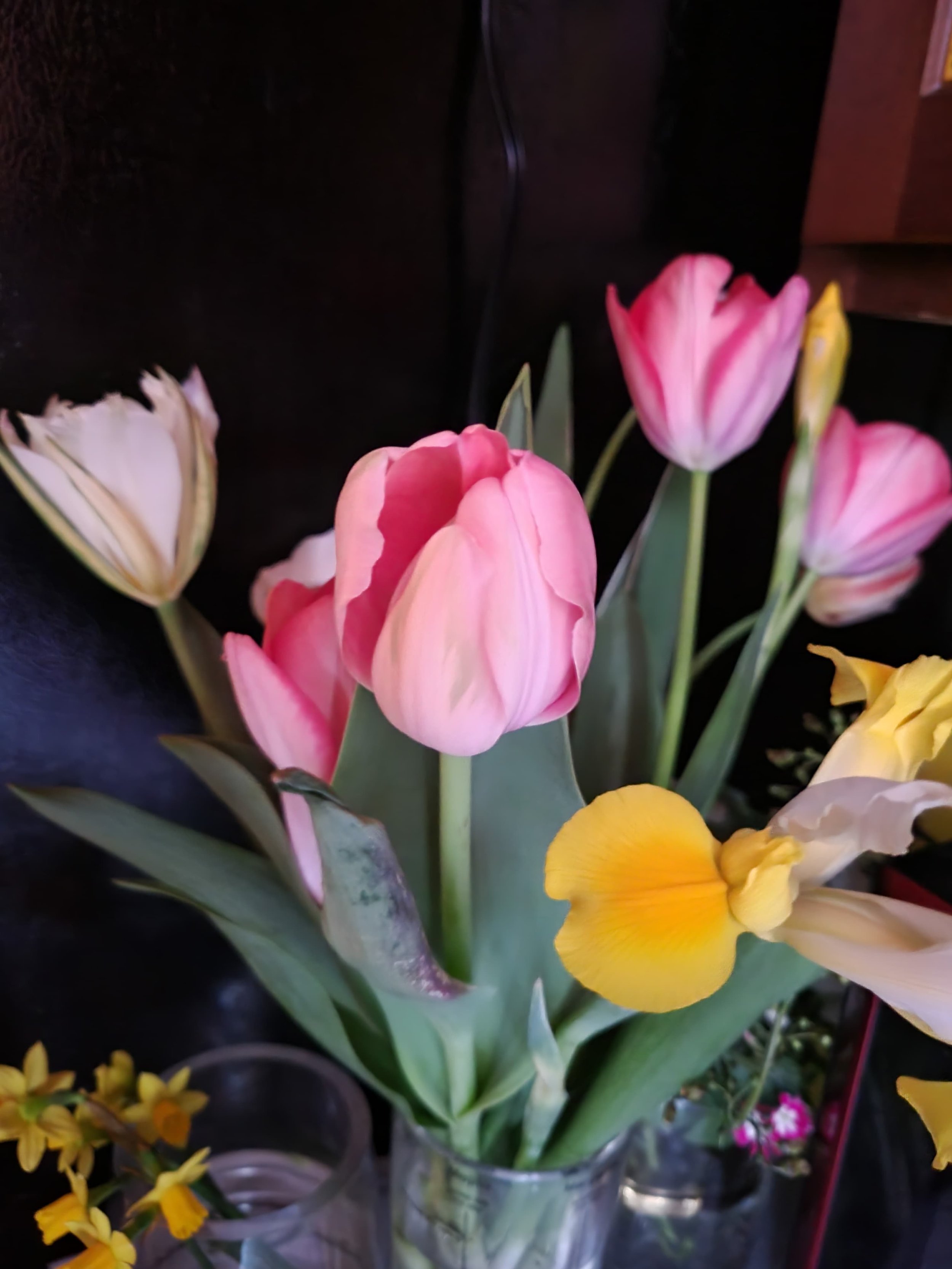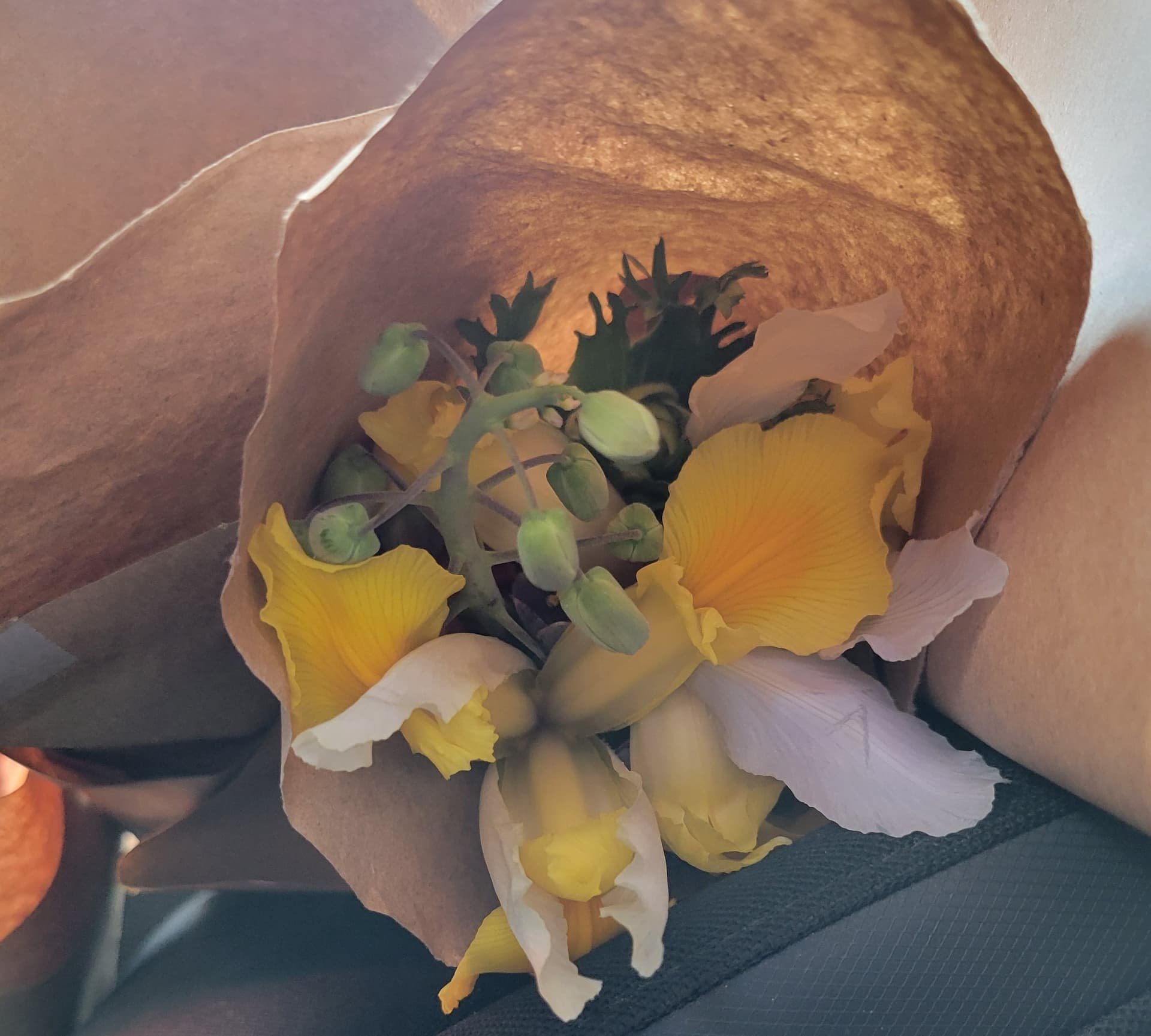Tips for Growing Dutch Bulbs in Subtropical Climates
When it comes to dreamy Spring flowers, all roads lead to Holland.
For centuries they have been at the forefront of breeding and production of bulb-based cut flowers. As a grower in a Subtropical climate, I’d always been envious of the ephemeral beauty of these cold-stratified gems.
In the summer of 2020, I decided that I was tired of watching Northern and (more temperate) growers enjoy the bounty of bulbs and set out to find a way to grow them in my Zone 9a patch.
Before I explain the technical aspects of out-of-zone growing, let’s look at what the term “Dutch Bulb” refers to.
Dutch Bulbs are the buzzer term for bulbs imported from Holland. They account for 77% of all flower bulbs on the market worldwide.
They include Tulips, Hyacinths, Daffodils/Narcissus, Dutch Iris, Fritillaria, and Crocuses.
Chilling Requirements (i.e., Cold Dormancy or Stratification)
These bulbs need a cold dormancy for anywhere from eight to sixteen weeks with a soil temperature averaging below 55⁰.
Standard Tulips (‘French,’ ‘Darwin,’ and single petal forms) require eight to twelve weeks of cold to form proper roots and blooms.
Fancy Tulips (‘Peony Flowered,’ ‘Doubles,’ ‘Fringed,’ etc.) require twelve to sixteen weeks of cold to form proper roots and blooms.
Daffodils, Narcissus, and Paperwhite, require four to twelve weeks of chilling to break their dormant period.
Fritillaria requires six to ten weeks of temperatures below 60⁰; this includes all cultivars (Meleagris, Alba, Uva-Vulpis Persica, Michailovskyi, Acmopetala, and Imperialis).
Crocus bulbs require twelve to fifteen weeks of temperatures below 50⁰.
Dutch Iris do not technically need a cold dormancy but can be held that way if there is a delay in planting without ill effects.
I usually choose the longest timeframe regardless of size or variety to ensure sufficient time for mixed bags.
How To
Now, the fun begins!
Once you’ve ordered your bulbs (from late spring through to late summer), you have several months to find the perfect space to chill them artificially!
I use a refrigerator, specifically the vegetable drawer, that maintains a consistent, healthy humidity. Still, as a general rule (like with cut flowers), you should never keep fruits and vegetables near bulbs and flower products.
Ripening produce releases ethylene gas, damaging your bulbs and reducing or malforming their future blooms.
Once your bulbs arrive, place them in an open weave mesh (or the bags they came in, as most companies use bags similar to onion bags) to provide adequate air circulation while they chill. Remove any damaged or diseased bulbs promptly—one bad apple can spread germs and viruses during their dormancy.
Place the bagged, disease-free bulbs in your fridge for the recommended time period (and remember you cannot over-chill a bulb), and then you wait!
This time gap is ideal for scouting the perfect location at your farm or garden for each of your bulbs!
Tulips
Tulips require full sun but benefit from noon shade in zones 9a and above. If you grow them as a cut flower crop, harvest them with the bulb intact, and they can be stored wrapped and placed with the bulb’s roots in an inch of water for two to three weeks in a cooler without impacting the vase life once it is cut from the bulb. If grown as a garden plant, they may return if we have a particularly cold winter, but the flower color and forms will deteriorate with subsequent seasons.
Daffodils
Daffodils tolerate part shade and full sun, and if left in-ground, some varieties will naturalize, giving you decades of cut flowers and garden color every spring. Excellent drainage is crucial during the wet season.
The former Florida Daffodil Society has listed ‘Early Pearl/Nat Williams,’ ‘Narcissi Italicus,’ and ‘Small Floret Paperwhites’ as ideal varieties for happy naturalization in the Southeast. They were found at old farms and homesteads from the 1800s and were just as content in the 1990s-2000s when they were rediscovered as in historical photographs of the properties.
Irises
Irises, specifically Dutch varieties, require full sun and love a proper baking heat through the summer but hate having wet feet in their dormant season. Provide good drainage, and they will return year after year and have been known to produce bulbs that can be lifted and divided after 2-3 years.
Fritillaria, Hyacinths, and Crocuses
Fritillaria, Hyacinth, and Crocus are a bit of a mystery. I’m currently still in trials to find the best way to grow them and am mid-trial for their regenerative properties. Fritillaria Persica was a florist and Instagram favorite for the 2022 season, and I’m keeping my fingers crossed they show up this January!
When to Plant
The typical advice is to plant bulbs after the first fall frost (to those that get it, Happy Frostmas!), but for subtropical regions, our planting timeline skews quite the right.
In 9a, I aim to plant tulips between the winter solstice (12/21) and New Year’s Eve (12/31). If they arrive from the distributor early enough, I’ve gotten away with planting standard varieties as soon as Thanksgiving (US) weekend.
Narcissus is tucked in the very end of December through the end of January, depending on when they arrive.
Fritillaria is planted from the end of November onwards, while the irises go into the earth in early November.
To find your planting date, take the date your bulbs arrived and find the minimum chilling time above. That gives you the earliest possible planting date; remember, you cannot over-chill a bulb, only under-chill them.
I hope this helps you on your foray into bulbs in the warmer growing zones!



